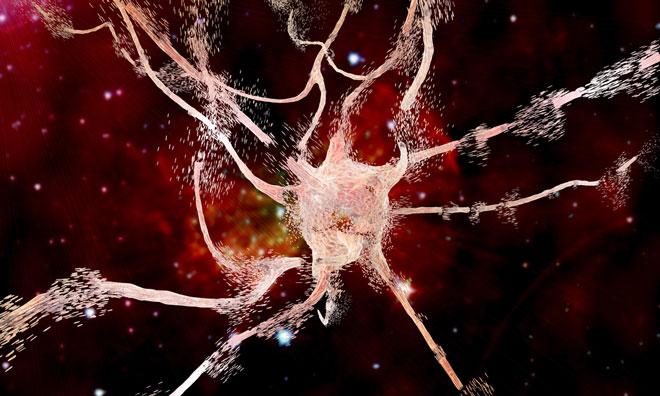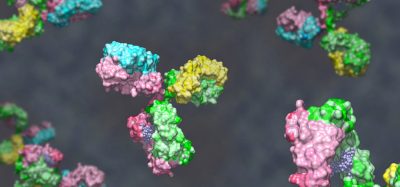Mitigating oxidative stress in neurodegenerative diseases
Posted: 20 February 2024 | Drug Target Review | No comments yet
Researchers have found that using protein-like polymers to inhibit the Keap1/Nrf2 PPI is a powerful therapeutic strategy.


Led by Northwestern University and University of Wisconsin-Madison, scientists have discovered a novel method of enhancing the body’s antioxidant response, which is essential for cellular protection against oxidative stress implicated in many neurodegenerative diseases like Alzheimer’s disease (AD), Parkinson’s disease (PD) and Amyotrophic lateral sclerosis (ALS).
They investigated the disruption of the Klech-like ECH-associating protein 1 (Keap1) and the nuclear factor erythroid 2-related factor 2 (Nrf2) protein-protein interaction (PPI). The study suggests promise for mitigating the cellular damage that underlies these conditions by preventing the degradation of Nrf2 through selective inhibition of its interaction with Keap1.
Dr Jeffery Johnson, University of Wisconsin-Madison School of Pharmacy, commented: “We established Nrf2 as a principal target for the treatment of neurodegenerative diseases over the past two decades, but this novel approach for activating the pathway holds great promise to develop disease-modifying therapies.”
PLPs
One of the most difficult aspects of neurodegenerative disease treatment is the precise targeting of PPIs within cells. Small molecule inhibitors and peptide-based therapies are traditional methods, but have a lack of specificity, stability and cellular uptake.
However, the new study provides a pioneering solution: protein-like polymers (PLPs). These are high-density brush macromolecular architectures synthesised by the ring-opening metathesis polymerisation (ROMP) of norbornenyl-peptide-based monomers. Developed by Dr Nathan Gianneschi, the Jacob & Rosaline Cohn Professor of Chemistry at Northwestern’s Weinberg College of Arts and Sciences and member of the International Institute for Nanotechnology, and his team, these structures have bioactive peptide side chains that penetrate cell membranes, show stability and resist proteolysis.
Preventing Keap1 from marking Nrf2 for degradation results in an accumulation of Nrf2 in the nucleus. This activates the Antioxidant Response Element (ARE) and drives the expression of detoxifying and antioxidant genes. This mechanism effectively enhances the cellular antioxidant response, providing a powerful therapeutic strategy against the oxidative stress implicated in many neurodegenerative diseases.
“By controlling materials at the scale of single nanometres, we’re opening new possibilities in the fight against diseases that are more prevalent than ever, yet remain untreatable,” Dr Gianneschi concluded. “This study is just the beginning. We’re excited about the possibilities as we continue to explore and expand the development of macromolecular drugs, capable of mimicking some of the aspects of proteins using our PLP platform.”
This study was published in Advanced Materials.
Related topics
Drug Development, Neurosciences, Therapeutics
Related conditions
Alzheimer's disease (AD), Amyotrophic Lateral Sclerosis (ALS), Parkinson's disease (PD)
Related organisations
Northwestern University, University of Wisconsin-Madison








